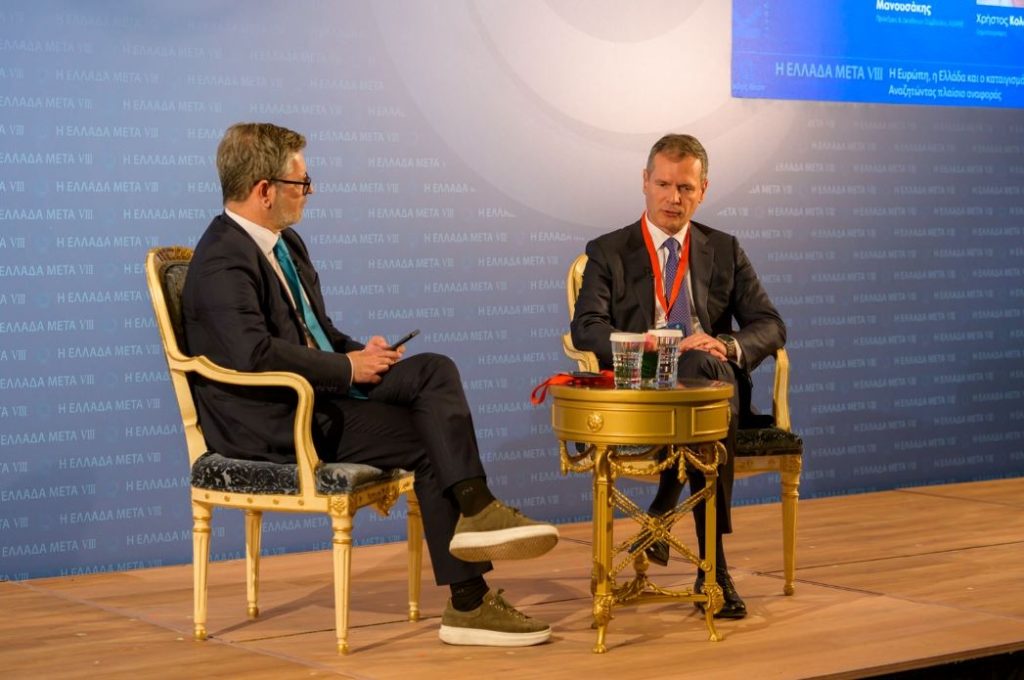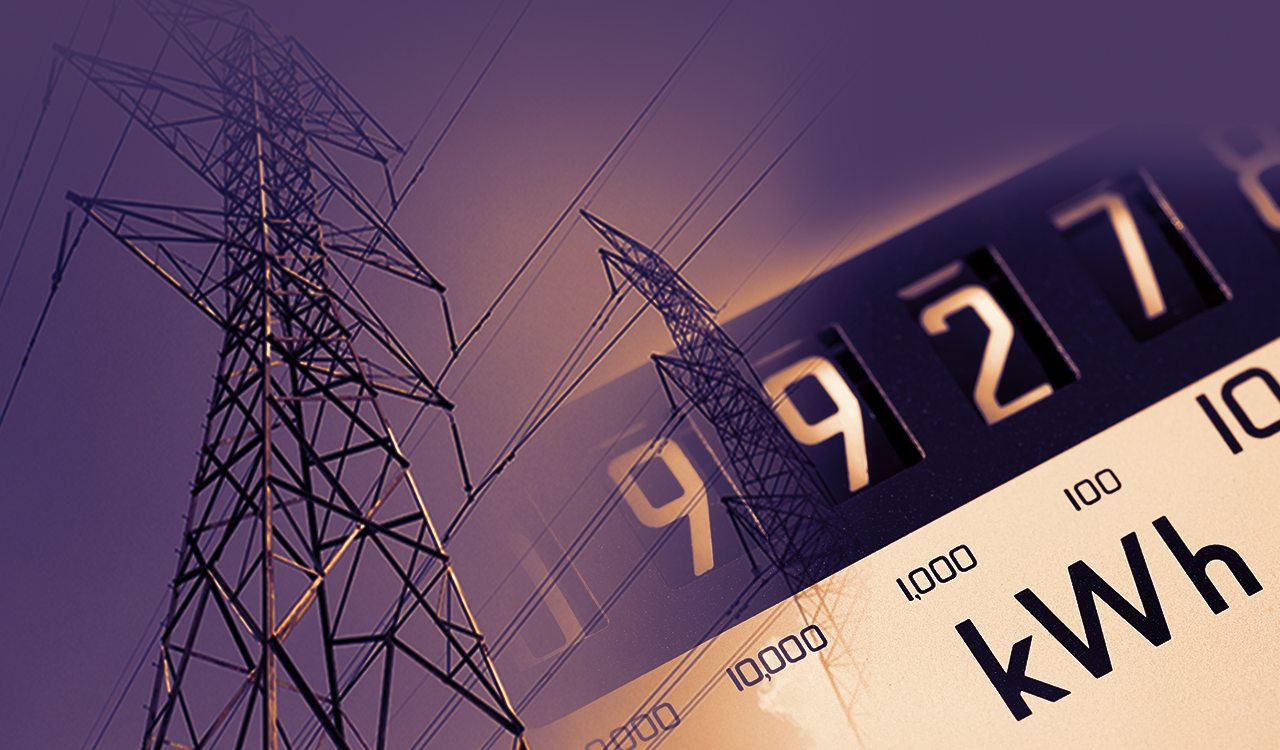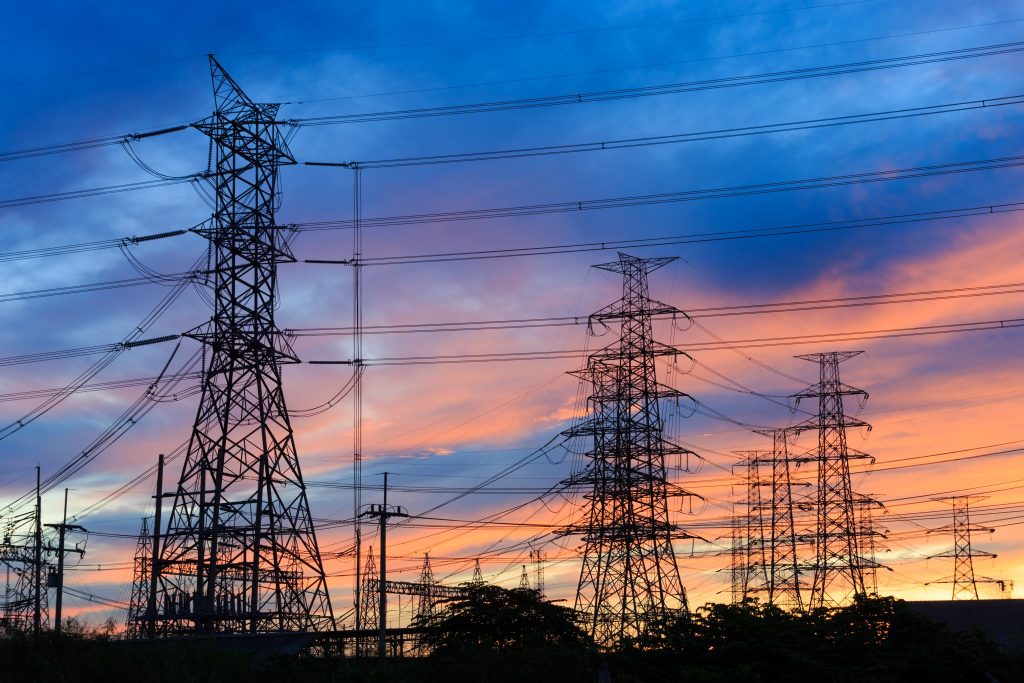The Greek government’s energy task force is on high alert ahead of the Easter holidays, working to ensure a smooth and stable electricity supply across the country. Following two recent system “crash tests” conducted on April 6 and 13, the special team—led by the Minister of Environment and Energy Stavros Papastavrou—is scheduled to reconvene on Holy Wednesday to assess the situation.
The upcoming meeting will include representatives from the Independent Power Transmission Operator (IPTO), the Hellenic Electricity Distribution Network Operator (HEDNO), and the Regulatory Authority for Waste, Energy and Water (RAAEY). Discussions will focus on the outcomes of the recent stress tests, particularly the mandatory curtailments applied to small-scale renewable energy units connected to the HEDNO network that lack remote-control capabilities.
The need to regulate output arises from Greece’s rapidly growing reliance on renewable energy sources—mainly solar and wind—which places the country among the global frontrunners in green energy use. While this shift is broadly positive, it also poses significant challenges in terms of grid management, especially during periods of low demand.
Easter presents such a challenge. Traditionally marked by reduced consumption—down 15% last year—the situation this year is even more complex, as Orthodox and Catholic Easter coincide.
This overlap will likely lead to lower electricity demand across Europe, further limiting Greece’s ability to export excess power, a typical pressure-release mechanism for the grid.
When renewable output exceeds demand, grid stability is at risk—especially from the 3.5 GW of solar panels on HEDNO’s network that can’t be remotely controlled.
To manage the surplus, IPTO instructed HEDNO to place “Group B” solar producers on alert, ordering a full shutdown of their output between 11 a.m. and 4 p.m. during peak solar hours.
Penalties for Non-Compliance
Under new rules, producers who ignore curtailment orders face steep fines of 500–1,500 euros per MWh. So far, compliance has been strong—about 9.4 GWh of solar power was held back in the latest test.
The successful outcome has eased concerns ahead of Easter, when low demand across Europe could strain the grid.




